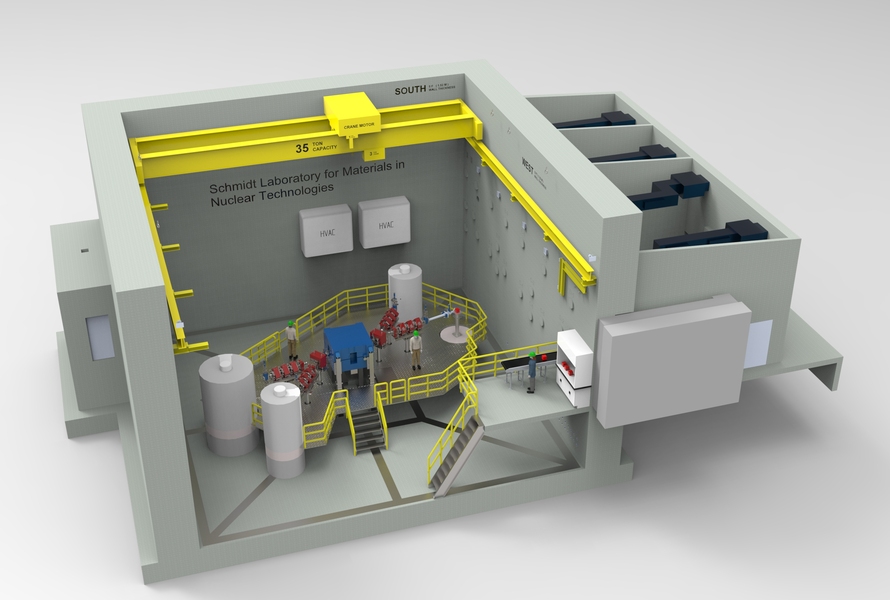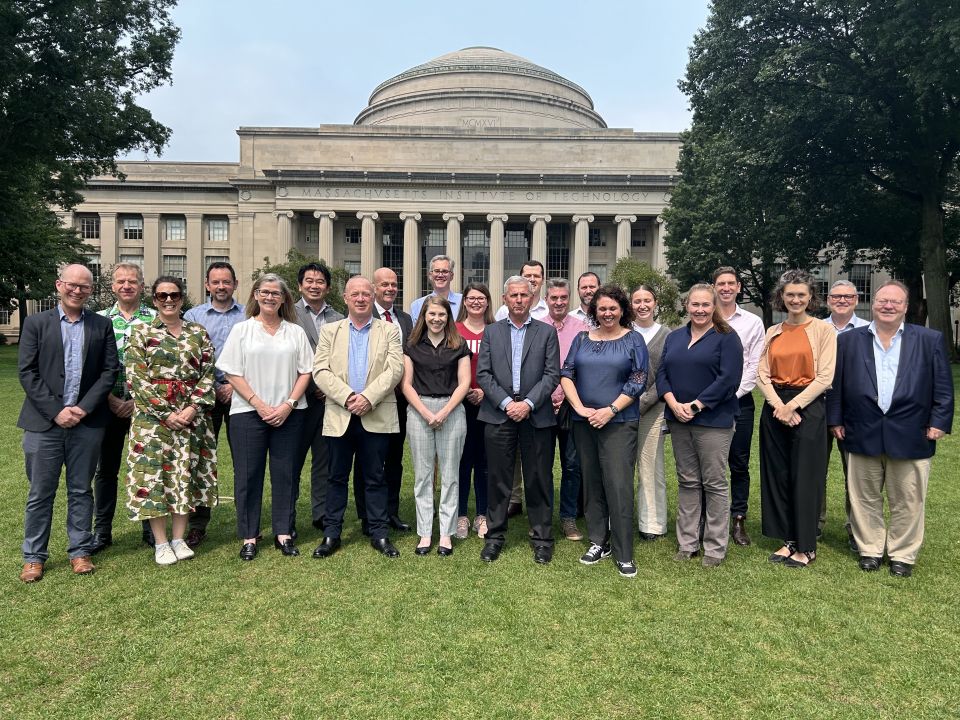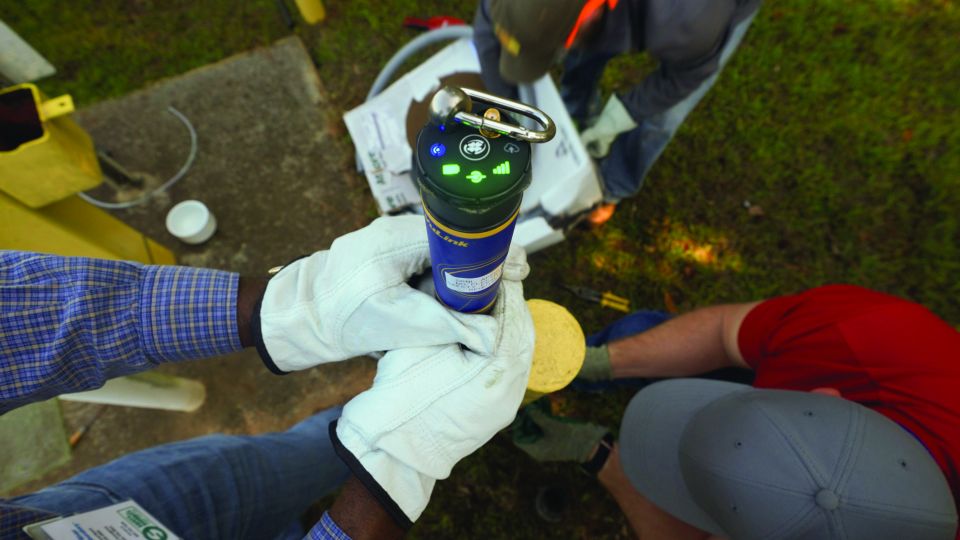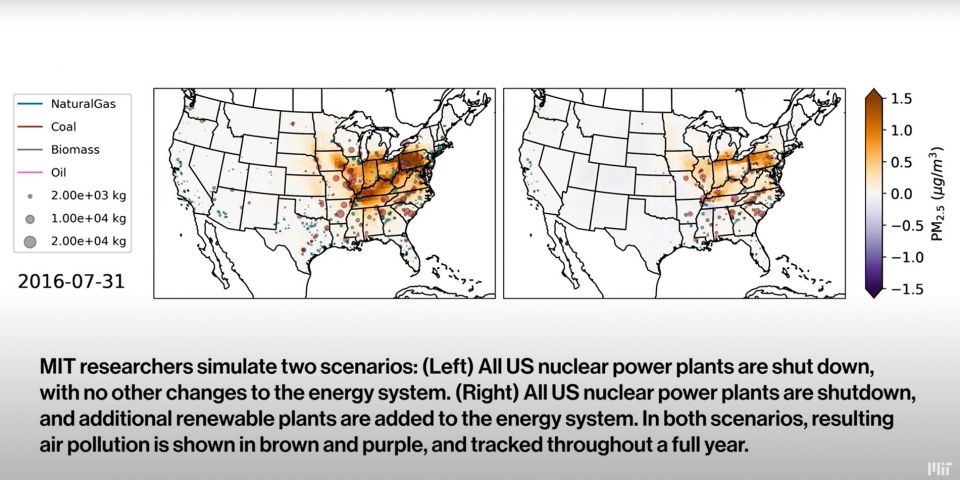Is proximity key to understanding interactions on the nuclear scale?
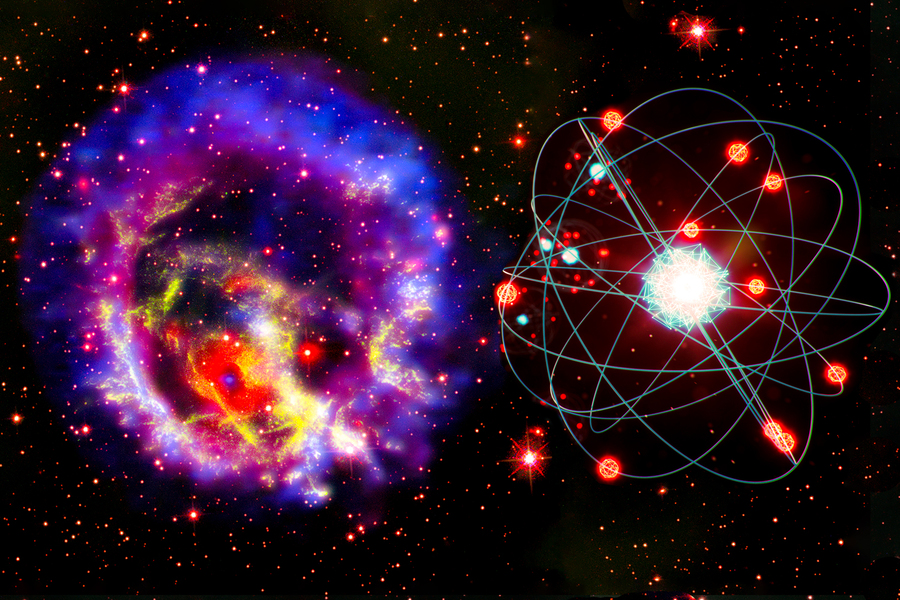
An MIT-led team found that the formulas describing how atoms behave in a gas can be generalized to predict how protons and neutrons interact at close range. Image: Collage by MIT News. Neutron star image: X-ray (NASA/CXC/ESO/F.Vogt et al); Optical (ESO/VLT/MUSE & NASA/STScI)
In an MIT News article playfully titled “No matter the size of a nuclear party, some protons and neutrons will always pair up and dance,” author Jennifer Chu explains that findings on the interactions of protons and neutrons recently published in the journal Nature Physics show that the nucleons may behave like atoms in a gas.
A Massachusetts Institute of Technology–led team simulated the behavior of nucleons in several types of atomic nuclei using supercomputers at Los Alamos National Laboratory and Argonne National Laboratory. The team investigated a range of nuclear interaction models and found that formulas describing a concept known as contact formalism can be generalized to predict how protons and neutrons interact at close range.



